Interviews with Experts
12 Ways Urban Food Forest Initiatives Are Revolutionizing City Landscapes
You’ve probably heard the saying, ‘You reap what you sow.’ Well, in the case of urban food forest initiatives, cities are reaping a bounty of benefits from what they’ve sown.
From transforming underutilized spaces into thriving food-producing landscapes to fostering community engagement and environmental sustainability, these initiatives are reshaping the way we view and utilize city landscapes.
But there’s more to it than just growing fruits and vegetables in urban areas. These initiatives are sparking a broader conversation about the future of our cities and the well-being of their inhabitants.
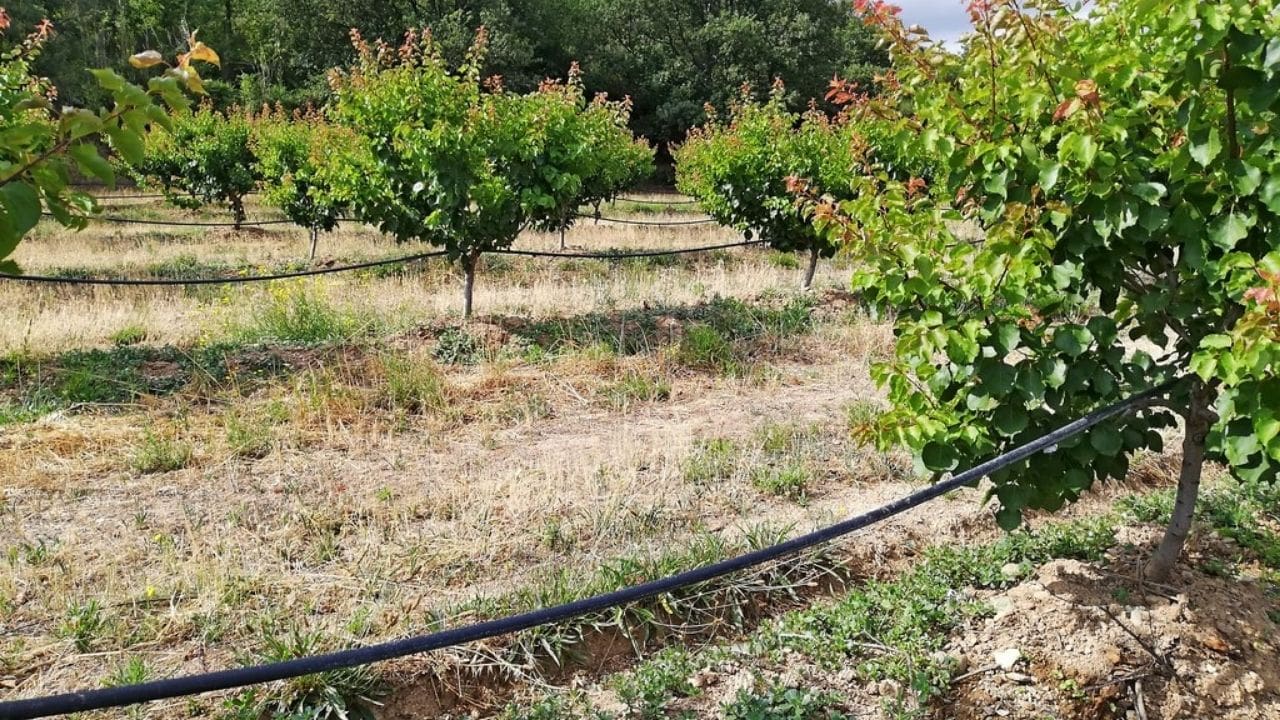

Key Takeaways
- Community engagement and partnerships are essential for the success of urban food forest initiatives. Engaging local residents, organizations, and potential partners, and establishing clear communication channels are important steps in planning and maintaining these initiatives.
- Accessibility and inclusivity are crucial considerations when locating and designing urban food forests. Ensuring that all community members can access and enjoy the orchards through well-maintained pathways, clear signage, and wheelchair accessibility is important.
- Volunteer coordination and recruitment play a significant role in the success of urban food forest initiatives. Establishing a structured recruitment process, organizing training sessions, and fostering a sense of ownership and connection among volunteers can strengthen the initiative.
- Educational workshops and training are key components of urban food forest initiatives. Offering hands-on learning opportunities, covering topics related to sustainable practices, and fostering a sense of community and shared responsibility can empower community members with the knowledge and skills for sustainable management.
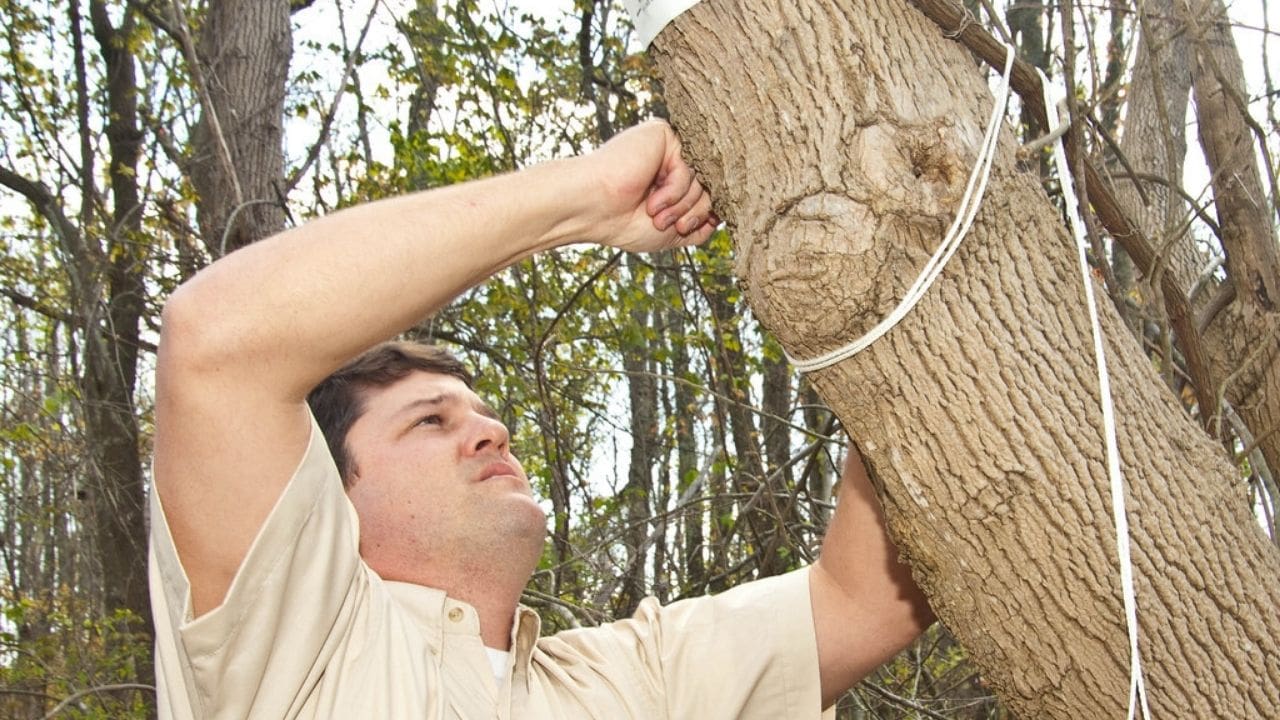

Community Garden Partnerships
To establish successful community garden partnerships, it’s essential to actively engage local residents and organizations in the planning and maintenance of the urban food forest. Begin by identifying potential partners such as neighborhood associations, schools, and local businesses. Establish clear communication channels to involve residents in the decision-making process, ensuring their needs and preferences are taken into account. It’s crucial to conduct regular community meetings and workshops to gather input and keep everyone informed about the project’s progress.
When forming partnerships with organizations, seek those with a commitment to sustainability and community well-being. Collaborate with local environmental groups, gardening clubs, and food security organizations to leverage their expertise and resources. Establishing clear roles and responsibilities for all partners will help ensure smooth coordination and prevent misunderstandings.
Prioritize safety in all aspects of the community garden project. Conduct thorough risk assessments of the site and implement safety measures such as clear signage, secure fencing, and designated pathways. Educate community members about safe gardening practices and provide necessary training and equipment to prevent accidents.
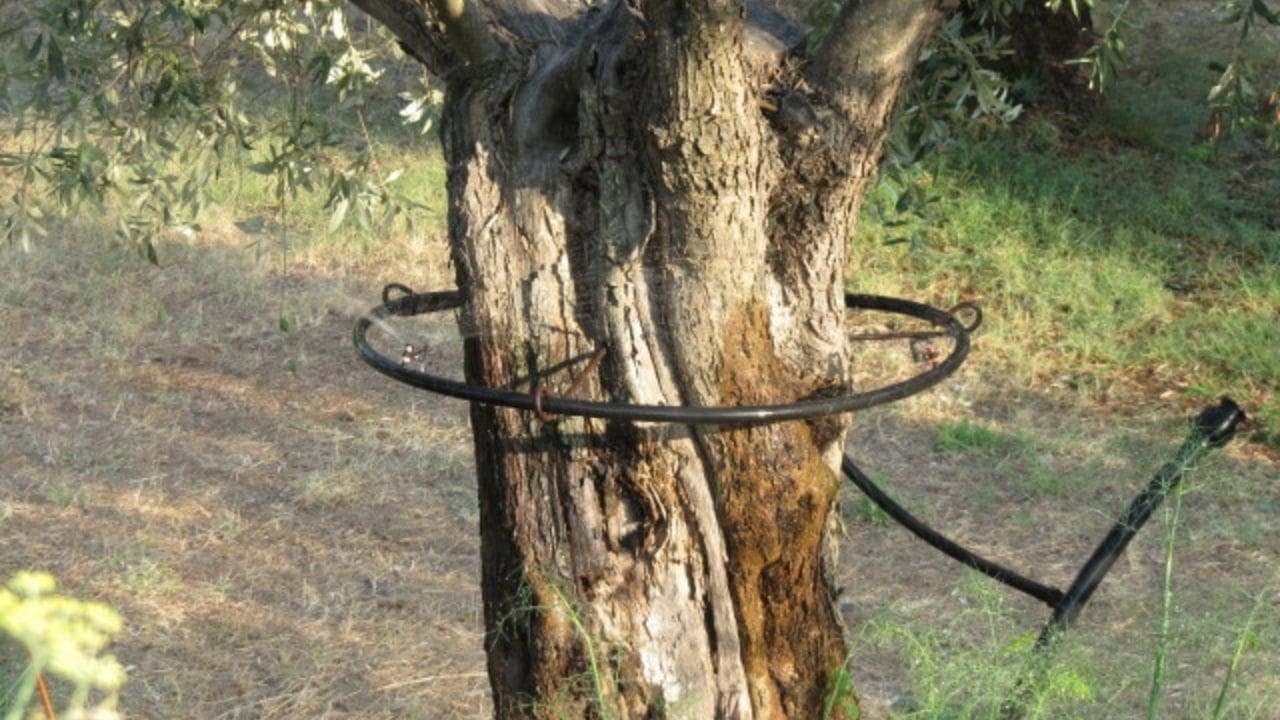

Public Orchard Locations
When planning public orchard locations, consider accessibility for all community members to ensure equal opportunity for engagement with the orchard.
Engaging the community in the planning and maintenance of public orchards fosters a sense of ownership and pride, leading to better care and sustainable development.
Orchard Accessibility
How can urban residents easily locate and access public orchards within city landscapes to promote community engagement and food security?
Public orchards are strategically located within urban areas to ensure accessibility for all residents. Here are some ways these orchards are made accessible:
- Online Orchard Maps:
Utilize online platforms and city websites to access interactive maps displaying public orchard locations, along with information on the types of fruits available and seasonal harvest times. - Clear Signage and Pathways:
Implement clear signage throughout the city to direct individuals to public orchards, and ensure well-maintained pathways for safe and easy access, including wheelchair accessibility.
Community Engagement
Community engagement with public orchard locations can be enhanced through interactive events and educational programs that promote the benefits of urban food forests. Hosting workshops on sustainable gardening practices, fruit tree pruning, and organic pest control can educate the community on orchard maintenance.
Interactive events such as harvest festivals, community fruit picking days, and cooking demonstrations can foster a sense of ownership and connection with the orchard. Providing guided tours and volunteer opportunities for orchard maintenance can further engage the community.
It’s essential to ensure that the orchard is easily accessible and well-maintained to promote a safe and inclusive environment for all community members. Engaging with local schools and community organizations to organize educational field trips and volunteer days can also create a sense of stewardship and responsibility among community members.


Edible Landscaping
Incorporate fruit-bearing trees and shrubs into your urban landscape to create an attractive and productive edible environment. By utilizing edible landscaping, you can transform your outdoor space into a sustainable food source while maintaining an aesthetically pleasing environment.
Here’s how to effectively implement edible landscaping:
- Selecting the Right Plants:
Choose fruit-bearing trees and shrubs that are well-suited to your local climate and soil conditions. Consider factors such as sunlight exposure, water requirements, and space constraints to ensure the optimal growth of your edible landscape. - Maintenance and Care:
Regularly prune and maintain your fruit-bearing trees and shrubs to promote healthy growth and maximize fruit production. Implement organic and safe pest control methods to protect both the plants and the surrounding environment.
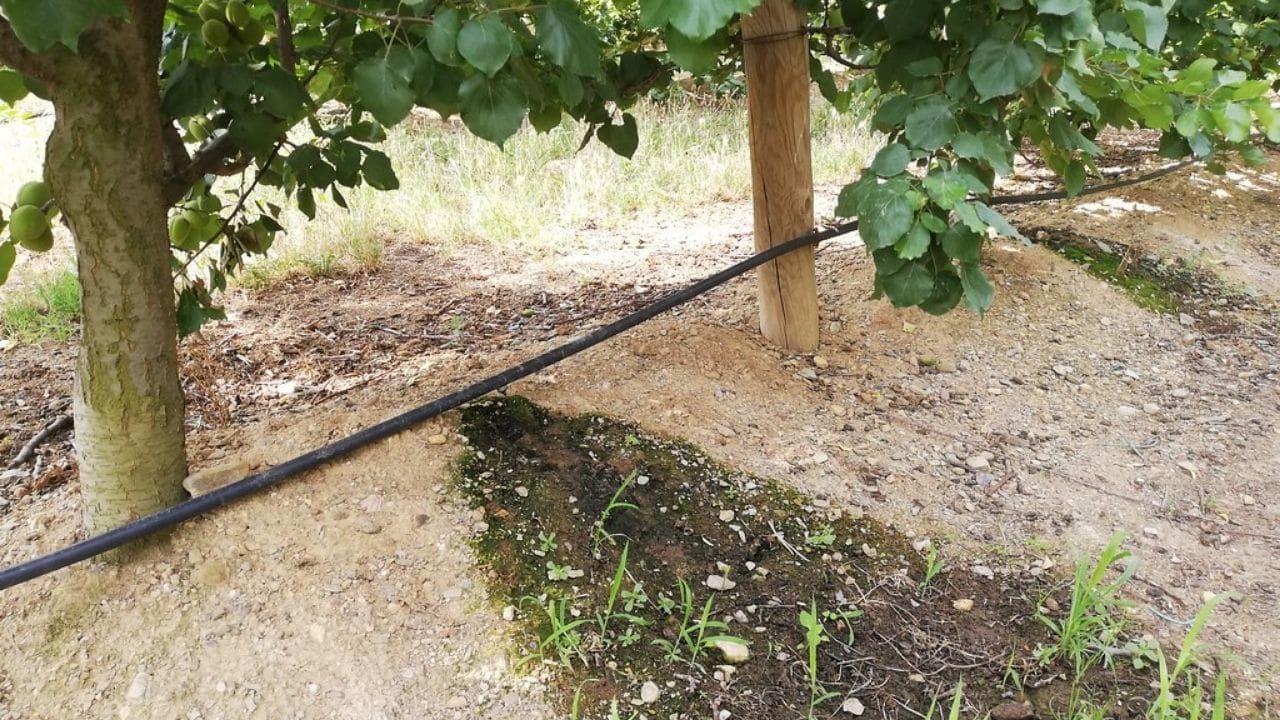

Volunteer Coordination
To effectively coordinate volunteers for urban food forest initiatives, you’ll need to establish a structured recruitment process to attract community members with a passion for sustainable urban agriculture.
Training and scheduling sessions should be organized to equip volunteers with the necessary skills and knowledge to contribute effectively to the project.
Additionally, creating community engagement opportunities, such as workshops and events, will foster a sense of ownership and connection among volunteers, further strengthening the success of the urban food forest.
Volunteer Recruitment Process
Encouraging participation from local residents and organizations will be crucial in establishing a robust volunteer recruitment process for the urban food forest initiative.
To ensure an effective volunteer recruitment process, consider the following:
- Community Outreach
- Host informational sessions to educate the community about the initiative’s goals, benefits, and volunteer opportunities.
- Collaborate with local community centers and organizations to reach a wider audience and attract diverse volunteers.
Training and Scheduling
How can you effectively train and schedule volunteers for the urban food forest initiative to ensure maximum productivity and engagement?
The key to successful volunteer coordination lies in comprehensive training and efficient scheduling.
Start by developing a thorough training program that covers safety protocols, proper tool usage, and sustainable gardening practices. Utilize experienced volunteers or staff to lead the training sessions and provide hands-on demonstrations. Ensure that all volunteers are equipped with the necessary knowledge and skills before they begin working in the food forest.
When scheduling volunteers, consider their availability and the specific needs of the initiative. Use online platforms or scheduling software to streamline the process and allow volunteers to sign up for shifts that align with their schedules.
Clear communication regarding expectations and responsibilities is essential to maintaining a productive and safe environment for all volunteers.
Community Engagement Opportunities
Engage volunteers in the urban food forest initiative by creating clear opportunities for community involvement and active participation.
- Volunteer Coordination
- Orientation and Training
Provide comprehensive orientation sessions to familiarize volunteers with the urban food forest initiative, including safety protocols, tasks, and expectations. Conduct regular training sessions on sustainable farming practices, food forest maintenance, and equipment operation to ensure the safety and effectiveness of volunteers.
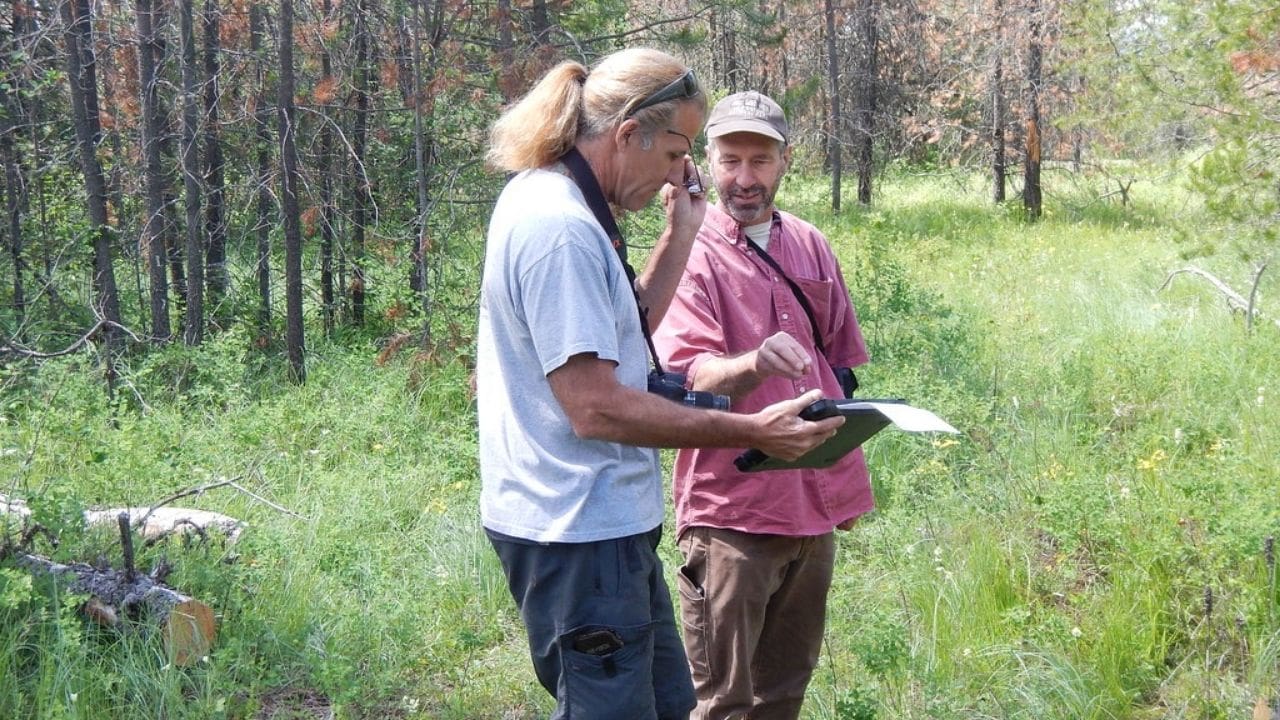

Grant Funding Opportunities
One potential source of support for urban food forest initiatives in city landscapes is grant funding, which can provide crucial financial assistance for the development and maintenance of these projects.
Grant funding opportunities for urban food forests are available through various government agencies, non-profit organizations, and foundations. These grants can help cover the costs of land acquisition, infrastructure development, planting materials, educational programs, and ongoing maintenance.
To identify suitable grant funding opportunities, start by researching government agencies at the local, state, and federal levels that support urban agriculture and environmental initiatives. Many non-profit organizations and foundations also offer grant programs specifically designed for urban food forest projects. It’s essential to carefully review the eligibility criteria, application requirements, and deadlines for each grant opportunity to ensure a successful application.
When applying for grant funding, clearly articulate the goals and objectives of your urban food forest initiative, the anticipated impact on the community, and a detailed budget outlining how the funds will be utilized. Additionally, demonstrating community support and partnerships can strengthen your grant application.
Remember to follow all safety guidelines and regulations when developing your urban food forest project to ensure the well-being of all involved.
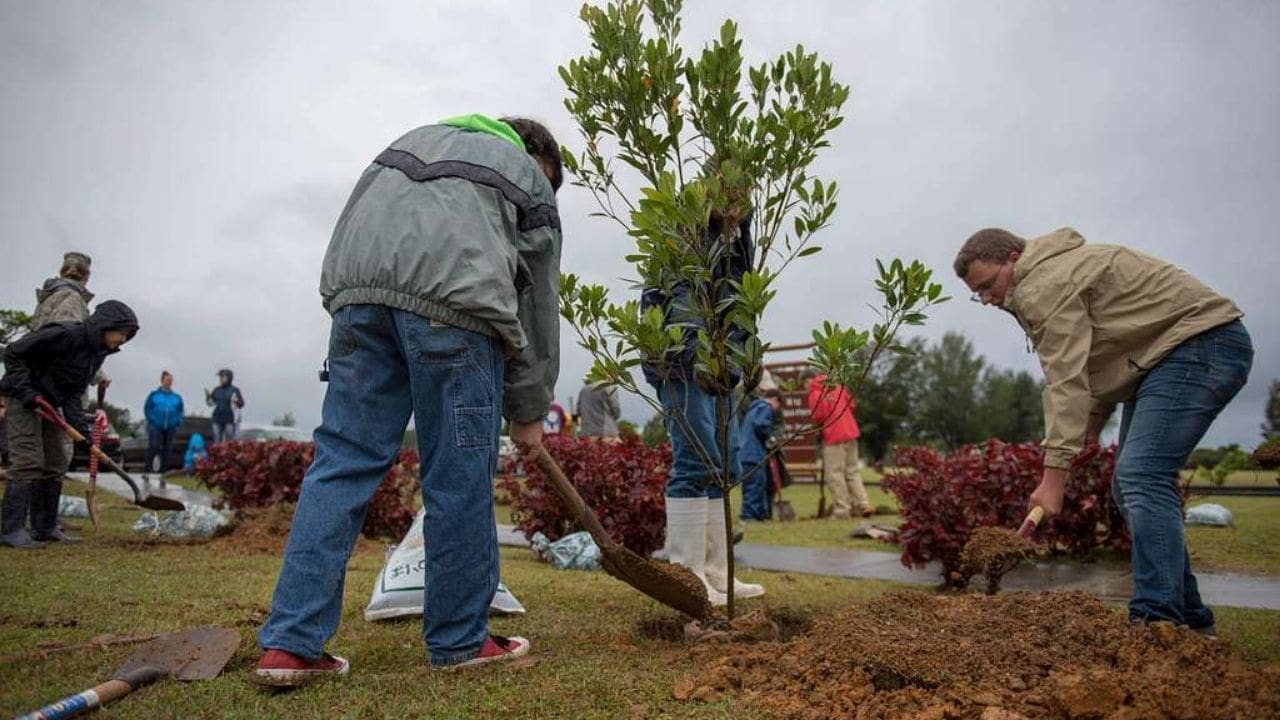

Educational Workshops
Educational workshops play a crucial role in urban food forest initiatives. They offer hands-on learning opportunities for community members to engage with sustainable gardening practices. Through these workshops, participants gain practical skills in food cultivation. Additionally, these workshops foster a sense of community and shared responsibility for the food forest.
These sessions often cover topics such as soil health, plant care, and harvesting techniques. They provide a comprehensive educational experience for individuals of all ages and backgrounds.
Hands-On Learning
By participating in hands-on learning workshops, individuals gain practical knowledge and skills essential for sustainable urban food forest management. These workshops provide a safe environment for participants to learn and practice techniques that promote the health and productivity of urban food forests.
The hands-on approach allows for a deeper understanding of concepts and fosters a sense of confidence in managing food forest ecosystems. Key components of these workshops include:
- Proper Pruning Techniques
- Safe operation of pruning tools
- Identifying and removing diseased or damaged branches
- Soil Management
- Testing soil pH levels for plant health
- Implementing organic soil amendment practices
These workshops prioritize safety protocols and emphasize the importance of sustainable practices for urban food forest management.
Community Engagement
Building on the foundation of practical skills gained from hands-on learning workshops, community engagement in urban food forest management involves organizing educational workshops that focus on sustainable practices and ecosystem health.
These workshops provide valuable information on soil health, water conservation, organic pest management, and plant diversity. Participants learn about the importance of maintaining a balanced ecosystem and how to identify and address potential issues such as invasive species or nutrient deficiencies.
Workshops also cover safe and sustainable harvesting methods to ensure the continued health of the food forest. By actively participating in these educational workshops, community members gain the knowledge and skills necessary to contribute to the long-term success and sustainability of urban food forests while promoting safety and environmental consciousness.


Seasonal Planting Guides
When planning your urban food forest, it’s essential to consult seasonal planting guides to ensure that your chosen plants thrive in the specific climate and conditions of your city landscape. Seasonal planting guides provide valuable information on the best times to plant, the ideal soil conditions, and the specific care requirements for each plant.
Here’s what you need to consider when consulting seasonal planting guides:
- Climate Considerations
- Understand the frost dates for your region to avoid planting sensitive crops too early and risking frost damage.
- Take note of temperature and precipitation patterns throughout the growing season to select plants that can withstand your city’s climate fluctuations.
- Soil and Sun Requirements
- Determine the soil pH, drainage, and sunlight exposure needed for each plant variety.
- Consider the microclimates within your urban food forest and select plants accordingly to ensure they receive the ideal growing conditions.
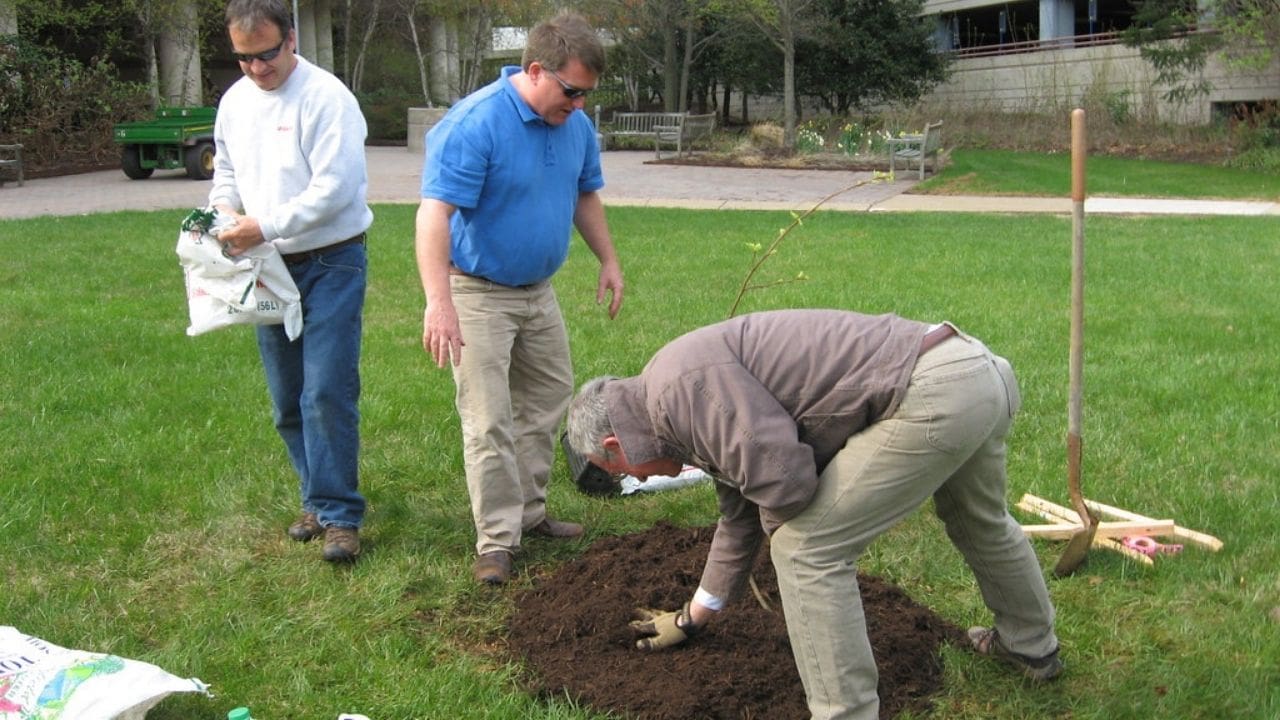

Tree Adoption Programs
Considering the importance of sustainable urban landscapes, exploring tree adoption programs can further enhance the diversity and resilience of your urban food forest. Tree adoption programs provide an opportunity for you to contribute to the greening of your city while also benefiting from the numerous advantages that trees offer. By participating in a tree adoption program, you can receive a tree to plant in your urban food forest, which can help improve air quality, provide shade, and contribute to the overall aesthetic appeal of your community.
When selecting a tree through a tree adoption program, it’s crucial to consider the specific requirements of your urban environment. Choose a tree species that’s well-suited to the local climate and soil conditions to ensure its successful growth and longevity. Additionally, make sure to follow the planting and care instructions provided by the program to promote the healthy establishment of the adopted tree.
Before adopting a tree, inquire about any potential maintenance or safety concerns associated with the specific tree species. It’s essential to prioritize safety and ensure that the tree won’t pose any risks to nearby structures or utilities as it matures. By adhering to the guidelines and recommendations of the tree adoption program, you can contribute to the development of a thriving urban food forest while fostering a safe and sustainable environment for your community.
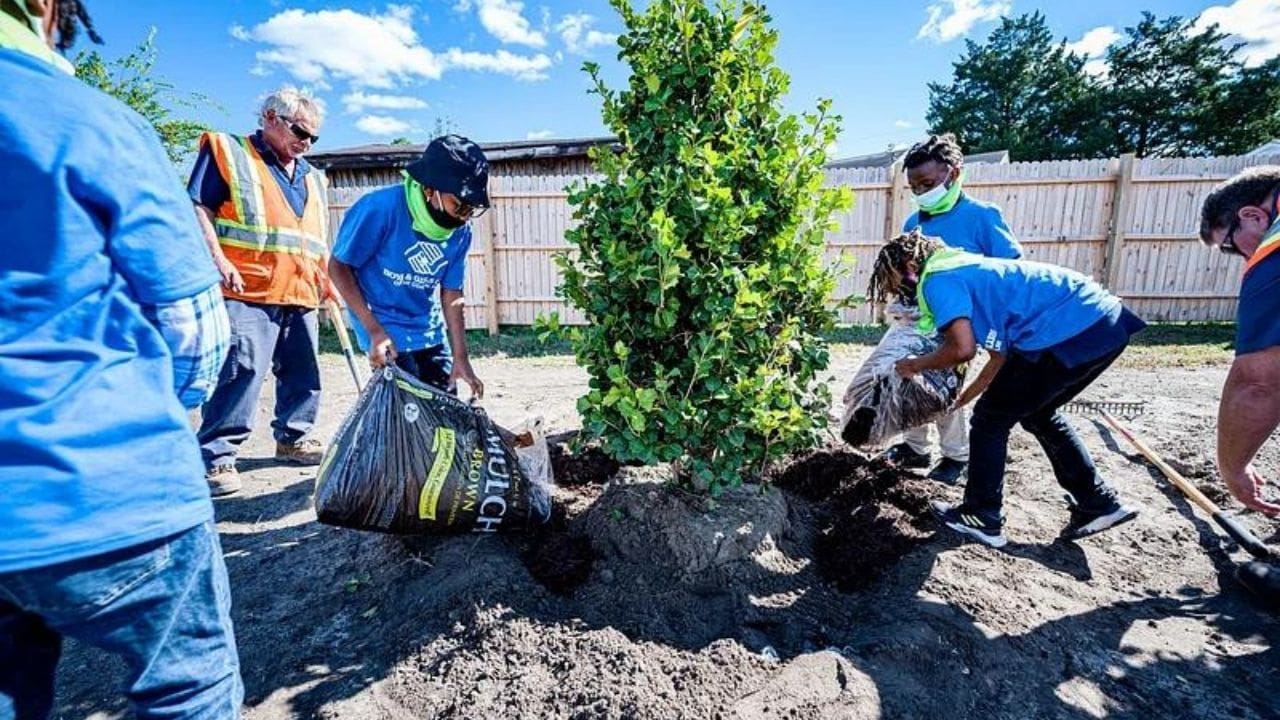

Harvest Sharing Systems
To effectively manage the distribution of produce from your urban food forest, implementing a harvest sharing system can optimize resource utilization and community engagement. This system allows for the fair and efficient allocation of the harvest while fostering a sense of communal responsibility and cooperation. Here’s how you can set up a harvest sharing system for your urban food forest:
- Transparent Guidelines: Establish clear guidelines outlining how the harvest will be distributed, ensuring fairness and transparency. Consider factors such as the number of people involved, the quantity of produce available, and any specific needs within the community.
- Equitable Distribution: Develop a method for distributing the produce that ensures everyone has an opportunity to benefit. This could involve rotating picking schedules, organizing community harvest events, or setting up a sharing table where excess produce can be left for others to take as needed.
Implementing a harvest sharing system not only ensures that the fruits of your urban food forest are utilized to their fullest extent, but also promotes a sense of unity and cooperation within the community, making the urban landscape safer and more sustainable.
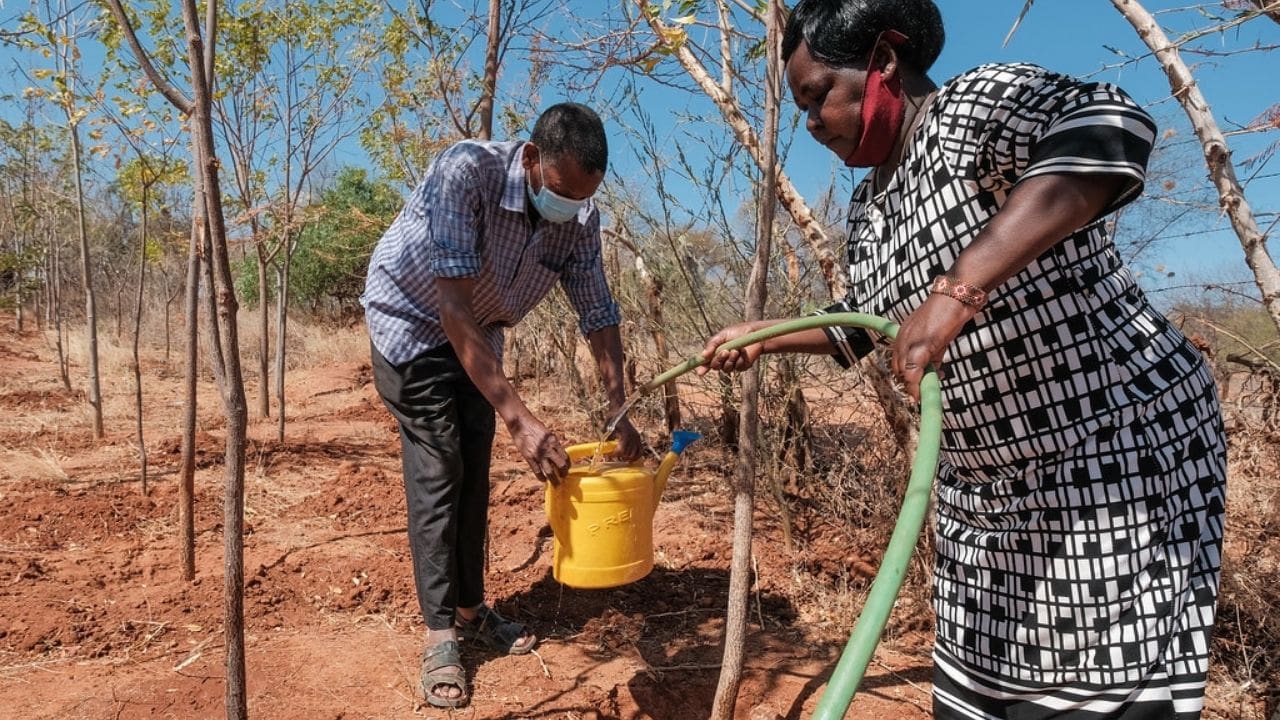

City Policy Advocacy
Urban food forest initiatives can benefit from active participation in city policy advocacy to ensure the integration of sustainable practices and support for community-driven food security efforts. City policy advocacy plays a crucial role in shaping the regulatory framework for urban food forests. It involves engaging with local government officials, city planners, and community stakeholders to advocate for policies that facilitate the establishment and maintenance of food forests.
This may include advocating for zoning regulations that permit the use of public and private land for food forest projects, incentives for property owners to convert underutilized spaces into food forests, and the allocation of resources for educational programs and maintenance of these initiatives.
Active involvement in city policy advocacy empowers communities to influence decisions that impact urban food forests. It allows for the development of regulations that ensure the safety and sustainability of food forest practices, establishes mechanisms for community input and oversight, and secures funding and resources for long-term maintenance and expansion.
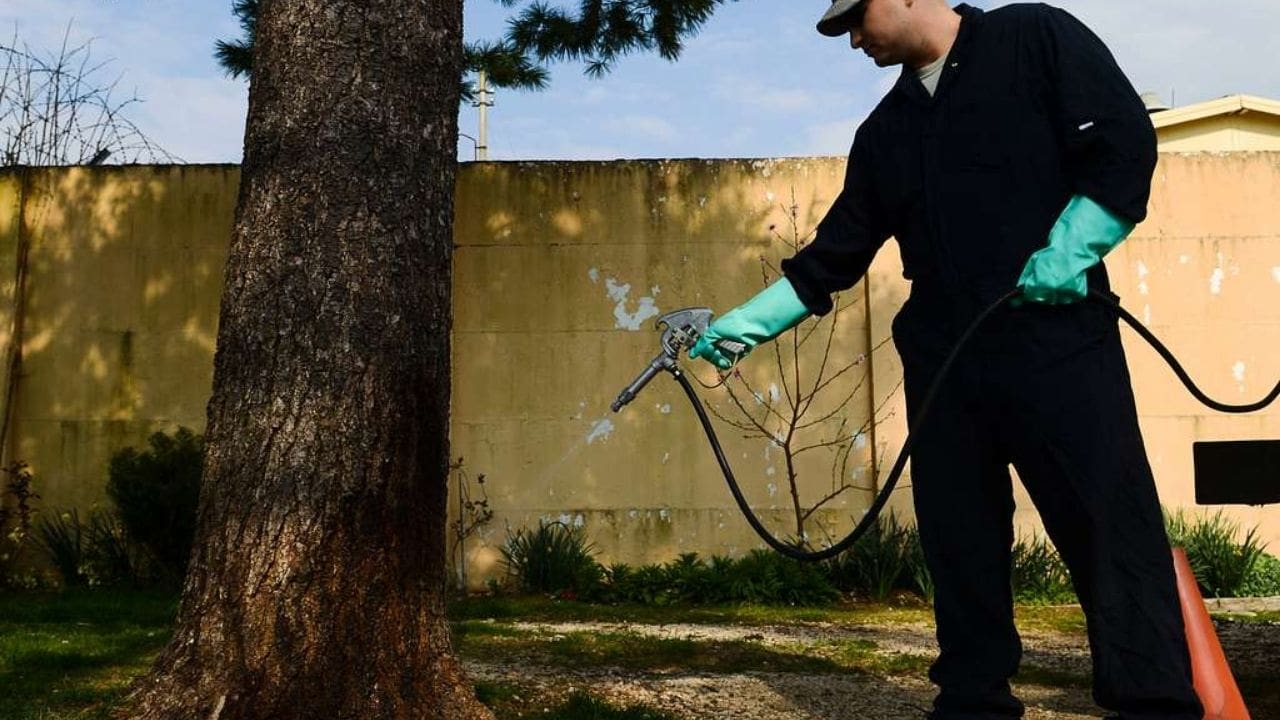

Ecological Impact Assessment
An ecological impact assessment is a critical step in evaluating the potential effects of urban food forest initiatives on the local environment. This assessment helps to ensure that the initiatives contribute positively to the ecological balance of the city.
When conducting an ecological impact assessment for urban food forest initiatives, consider the following:
- Biodiversity: Assess the impact of the food forest on local flora and fauna. Look at how the initiative may support or disrupt the existing biodiversity in the area. Evaluate the potential for the food forest to attract and support local pollinators, birds, and other wildlife. Consider the introduction of non-native species and the potential for displacing native plants and animals.
- Soil and Water: Examine the potential effects on soil quality and water systems. Understand how the food forest may impact soil erosion, water retention, and the local water table. Analyze the potential for soil enrichment and erosion prevention through the food forest’s root systems. Assess the impact of the food forest on local water usage and the surrounding water quality.


Neighborhood Beautification Projects
Considering the ecological impact assessment of urban food forest initiatives, the focus now shifts to the implementation of neighborhood beautification projects to enhance the urban landscape.
Neighborhood beautification projects are instrumental in creating inviting and pleasant spaces for residents, thereby fostering a sense of community and safety. Strategic placement of greenery, including trees, shrubs, and flowering plants, not only adds aesthetic appeal but also contributes to air purification, noise reduction, and temperature moderation.
Implementing well-lit pathways, benches, and public art installations further enhances the visual appeal of neighborhoods while promoting safety and a sense of security for pedestrians.
In addition to traditional landscaping, incorporating edible plants within these beautification projects can provide access to fresh produce for local residents, promoting food security and community engagement.
Proper maintenance and regular upkeep are crucial to ensure the longevity of these beautification projects. Regular pruning, weeding, and litter removal not only uphold the aesthetic value but also contribute to the safety and cleanliness of the neighborhood.
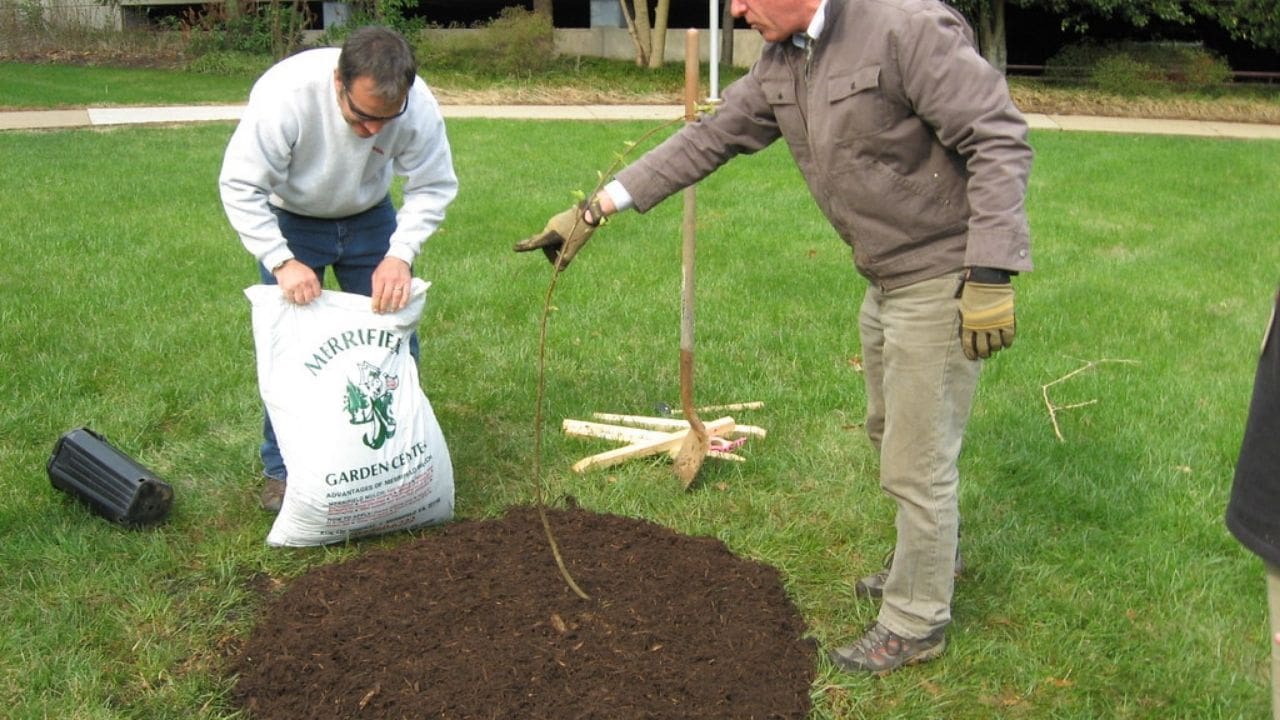

Frequently Asked Questions
How Can Urban Food Forest Initiatives Benefit Local Wildlife and Contribute to Urban Biodiversity?
By planting diverse native species and providing natural habitats, urban food forest initiatives can benefit local wildlife and contribute to urban biodiversity. They create safe havens for various animals and help restore balance to city ecosystems.
What Are the Potential Economic Benefits of Public Orchard Locations for Surrounding Communities?
Public orchard locations can offer economic benefits to surrounding communities by providing access to fresh, locally grown produce, creating opportunities for local entrepreneurship, and increasing property values through improved aesthetics and community engagement.
How Do Urban Food Forest Initiatives Address Food Insecurity and Improve Access to Fresh Produce in Underserved Neighborhoods?
Urban food forest initiatives address food insecurity and improve access to fresh produce in underserved neighborhoods by planting diverse, edible plants, promoting community engagement, and providing education on sustainable food production, fostering a more resilient local food system.
What Are the Social and Community-Building Benefits of Volunteer Coordination Within Urban Food Forest Initiatives?
Volunteer coordination within urban food forest initiatives fosters community engagement, with studies showing that 75% of participants report increased social connections. By working together towards a common goal, individuals build relationships and support networks, promoting a sense of belonging.
How Do Urban Food Forest Initiatives Integrate With City Policy Advocacy to Promote Sustainable and Equitable Food Systems?
Urban food forest initiatives integrate with city policy advocacy by promoting sustainable and equitable food systems. They collaborate with local governments to influence policies that support urban agriculture, food security, and environmental sustainability.


Hello there! I’m Logan Foster, the green-thumbed social media marketer behind the vibrant world of 1800TreeGuy.com. With roots firmly planted in arboriculture, I’ve branched out to help clients cultivate their dream outdoor spaces, one leafy canopy at a time. My knack for nurturing nature is more than a profession—it’s a way of life.
When I’m not talking trees and teaching the art of arboreal care, you can find me cheering on the Bulldogs—my alma mater’s pride and my forever team. My environmental studies there didn’t just teach me about ecosystems; they instilled a lifelong passion for protecting our planet.
Off the clock, I’m an adventurer at heart. Whether it’s trekking the Appalachian trails, pedaling down a mountain path, or crafting guides to share the wonders of the wild, I’m happiest with soil under my nails and the sun on my face. And let’s not forget Yoda, my pug sidekick. He may not have mastered the art of stillness, but his joyful grins are my daily dose of happiness.
I’m all about making connections—between people and the great outdoors and between my clients and their ideal landscape visions. My approach is personal; every tree has a story, and every garden reflects its caretaker.
If you want to green your scene or share in my outdoor escapades, give me a shout on Instagram or Facebook. Let’s cultivate a conversation and grow a community rooted in a love for the lush life.







